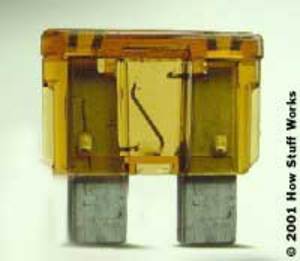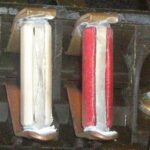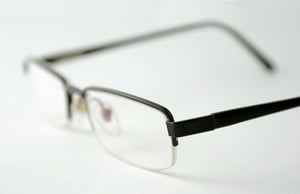Ever spent hundreds of dollars at a mechanic for some electrical mishap in your car? Ever wonder if you got ripped off? Chances are, you may have. Many people report electrical problems in their car, like their electrical devices aren’t getting power. CD players won’t work, lights won’t work, or blinkers won’t work. However, some people don’t know that it probably doesn’t need an electrical overhaul to the tune of $300. It could be as simple as a blown fuse. A blown fuse could be the root of several different problems, and it could only cost around $1-2 for 5-10 fuses.
First you need to understand how the fuse works. A fuse is a bridge from the power source to the object being powered. Generally, it leads to several different powered objects. For example, one fuse in your car’s fuse box could channel power to your blinkers, headlights, and brake lights with one fuse. The fuse has one other job than to channel power. A fuse can only hold a certain amount of power before blowing. This is to protect the objects being powered. If a power surge flies through a circuit with no fuse, it will surge into the object itself. This works on the same principle as a surge protector. A surge protector protects objects plugged into it from lightning strikes and power surges. When a power surge runs through the fuse, it blows without allowing the excess power to fly into your CD player, which would not stand up to the power. A fuse is simply a failsafe against extra power. When this fuse blows, the circuit is incomplete, and the object will not receive power.
Now, you need to know how to detect a blown fuse. A blown fuse can be the cause of any electrical problem in your car. There are two types of fuses. One type of fuse has two blades and is shaped like a squared “U.” This is known as a blade fuse. The other type is less common in a car, and usually comes equipping other small electronics like CB radios or power inverters. It is a glass cylinder and has a long filament down the middle. Now, you need to check your owner’s manual for the location of your fuse box. 9 times out of 10 these fuse boxes will be under the steering wheel to the left, above the brake pedal or even higher. Next, look in the owner’s manual for your fuse diagram. This will give you a chart of how the fuses are situated. It will show you the location of each numbered fuse, as well as what it controls. It will also tell you what amp each fuse should be. Next, find your problem in the fuse chart. If your left brake light is out and it is not a blown bulb, look for the brake light fuse. Once you find the number, locate it in the fuse box. Most cars will come equipped with a fuse puller, but a pair of pliers, especially needle-nose pliers will work just as well. Clamp the tool around the fuse and pull straight out. To tell if it is broken, look at the small metal piece that connects the two blades. If it is broken, it is a blown fuse. You can look at a new fuse at an auto parts store to see how it looks when it is not blown. If it is blown, put a new fuse in. that carries the same amps as the old one.
Now that you know how to change fuses, you are that much less likely to get swindled at a mechanic. Make sure you check those fuses before your next trip to the mechanic’s for an electrical problem!





